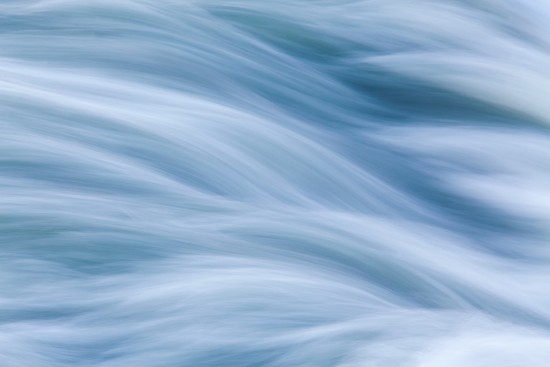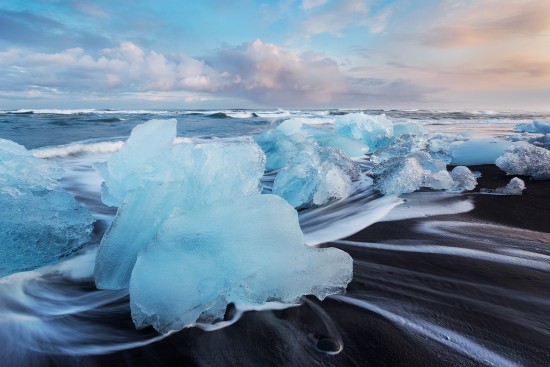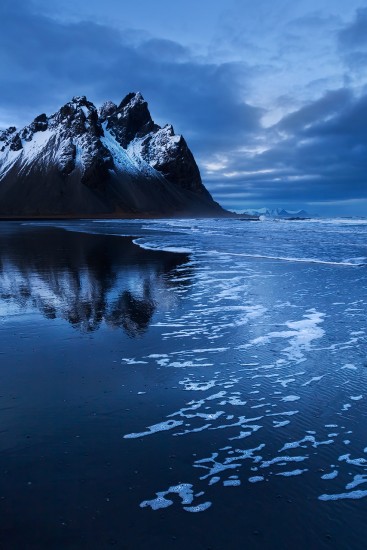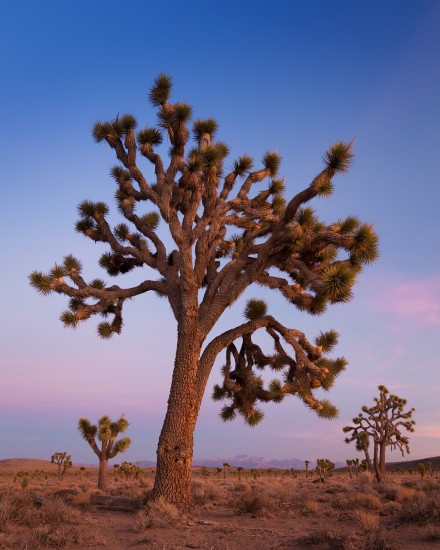When you are visiting a new landscape photography location for the first time it is often difficult to know where to go and what to photograph. This is especially true if you are a beginner in landscape photography. My husband Ron Coscorrosa and I have written a series of in-depth landscape photography travel guides that helps photographers plan their visit to their bucket list locations. To create these travel guides, Ron and I had to spend several weeks on location… and sometimes must visit a location more than once. We also learned how to explore a location with a limited amount of time and get stunning photos.
Here is what we learned about how to explore our next landscape photography bucket list location:
Plan for your Landscape Photography Adventure
We always start our trip planning with a spark of inspiration – like seeing a photo or having a conversation with another photographer. After that spark of inspiration, we start thinking about logistics and reservations. Some national parks in the US are so popular that getting reservations for backcountry permits and camping spots requires a lot of planning. If we really want to see a popular spot, we investigate permits and reservations as one of our first steps. For more off-the-beaten-path spots, we look into access issues, road conditions, and other logistical details as an early step in the planning process. We also spend some time thinking about what kinds of conditions different seasons will bring and how those conditions align with our interests.

Long Exposure with Canon 5D2 | Canon 70-200mm lens + 1.4x teleconverter @ 280mm | [email protected]/11 ISO 320
If this initial research suggests that our timing is aligned with our interests and the permits or reservations we need are available, we jump in by buying a photography guide (if available), at least one hiking guide, and some topographic maps.
Do Your Research
Compared to many other landscape photographers, I probably spend less time researching photo locations than some of my peers. I like reading hiking guide books and studying maps, but I try not to spend a lot of time studying other people’s photographs of the place I will be visiting. I also do not spend a lot of time with apps researching things like tides or moon phases and I don’t spend much time using tools like Google Earth. Instead, I like to arrive at a place with fresh eyes; I don’t want other people’s photos stuck in my mind. I also really enjoy the serendipitous nature of finding the unexpected. If I do too much planning, I find that I am too focused on finding a bunch or pre-conceived photographs instead of embracing what is there.

Canon 6D | Canon 17-40mm F4L @ 17mm | [email protected]/16, 0.5, ISO 50 – Jokusarlon, Iceland
If we have another photographer’s guide to a location, we usually use it to scout the places we want to see most, but then allow sufficient time in our schedule for exploring on our own. We’ll visit iconic spots and photograph them, especially when visiting a place for the first time, but we also make time to drive down random roads, hike potentially interesting trails, and explore around the next bend just to see what’s there. Some of my favorite photographs have come about during these sorts of unplanned explorations.
Pay Attention to your Travel Expenses
We almost always camp close to the places we want to photograph. While there is nothing wrong with staying in hotels, we like being out in nature and close to the places that interest us the most. Also, I am not a morning person so being closer to interesting places helps motivate me to get up in the morning!

Canon 6D | Canon 24-105mm @ 24mm | 1/[email protected]/16, ISO 800 – Blue Hour at Vestrahorn, Iceland
For travel to Iceland, we recommend renting a campervan for people who are traveling on their own and are comfortable with camping. The cost is close to that of a rental car and, with Iceland’s openness to wild camping, a campervan allows for comfortable travel and sleeping at many of the prime photo locations. This is especially convenient for trips that include photographing the aurora borealis, which obviously happens during the night. For a place like Death Valley, camping often means that remote places are more accessible for photography at the edges of the day. Death Valley is an enormous park and lodging options are too far away from some interesting destinations to be practical. Car or tent camping allows a photographer to be at remote spots during the best times for photography without the hassle of worrying about getting back to a hotel or having to drive on rough, unfamiliar roads at night.
Get to know your Landscape Photography Location
A few years ago, both Ron and I wanted to see and photograph as many places as possible. After getting some of that pent up wanderlust out of our systems through a few years of intense travel, we started slowing down and revisiting places, this time with more depth. While I think it’s possible to make compelling photographs of a place on a first visit, I do find that my own work improves after repeated visits.

Canon 5D2 | Canon 24-105mm @ 25mm | [email protected]/14, ISO 800 – Joshua Tree by Sarah Marino
On my first visit to Zion National Park, for example, I was completely overwhelmed by the landscape. I walked away feeling a little defeated. My photos showed nothing special about a really special place. I felt they could have been created by anyone with decent photography skills. This experience made me want to come back, as we have for the last four autumn seasons, to develop a more in-depth portfolio of work from the park. I tell this story because it is representative of how we are photographing places now – spending more time over different seasons to get to know locations a little better than we might have in the past.
Our Iceland location guide is the result of three trips spread over two months. Our first trip took place before Iceland became a hot photo destination. After our second trip, we decided to create the type of guide we wish we had when planning our initial trip. At the time, finding information about photographing Iceland was quite difficult; we felt we had a lot to share that could help other photographers. Writing our Death Valley Guide came about for different reasons. We have made more than a dozen trips to Death Valley over different seasons and our Death Valley Guide is a result of a deep affection for the park and its surreal landscapes.
Challenges to Avoid
There are so many high-quality, inspirational photos on the internet that I sometimes get other people’s photos stuck in my mind. This is especially true for popular places. Thus, I think it’s important to balance planning with a willingness to experience what a place has to offer once you arrive. Having set expectations can lead to disappointment and copying photographs that have been made many times before. I try to balance my expectations with an openness for serendipity and a willingness to explore beyond the things we planned to see in advance.
So the only question remains is… What are you waiting for?
The longer you wait, the less time you’ll have to explore the next location on your bucket list. If you are interested in exploring Death Valley or Planning a trip to Iceland, feel free to check out Sarah and Ron’s stunning Photo Guides.
Visual Wilderness https://ift.tt/31W6NRY
Sourced by Time Trap Photography sharing the best photography tips, news and tricks throughout the industry. Time Trap Photography is dedicated to freezing those special moments in life that can be revisited and admired for generations to come. - Shannon Bourque
Please visit our main site for booking availability and rates.

Receive valuable industry knowledge delivered free to your email each day.






No comments:
Post a Comment
Thank you so much for your comment. A moderator will review and approve all relevant posts. We appreciate your support and encourage you to stay with us by subscribing to our email updates. Where you can easily pick and choose what photography subjects interests you. Subscription link: http://bit.ly/photo-sub